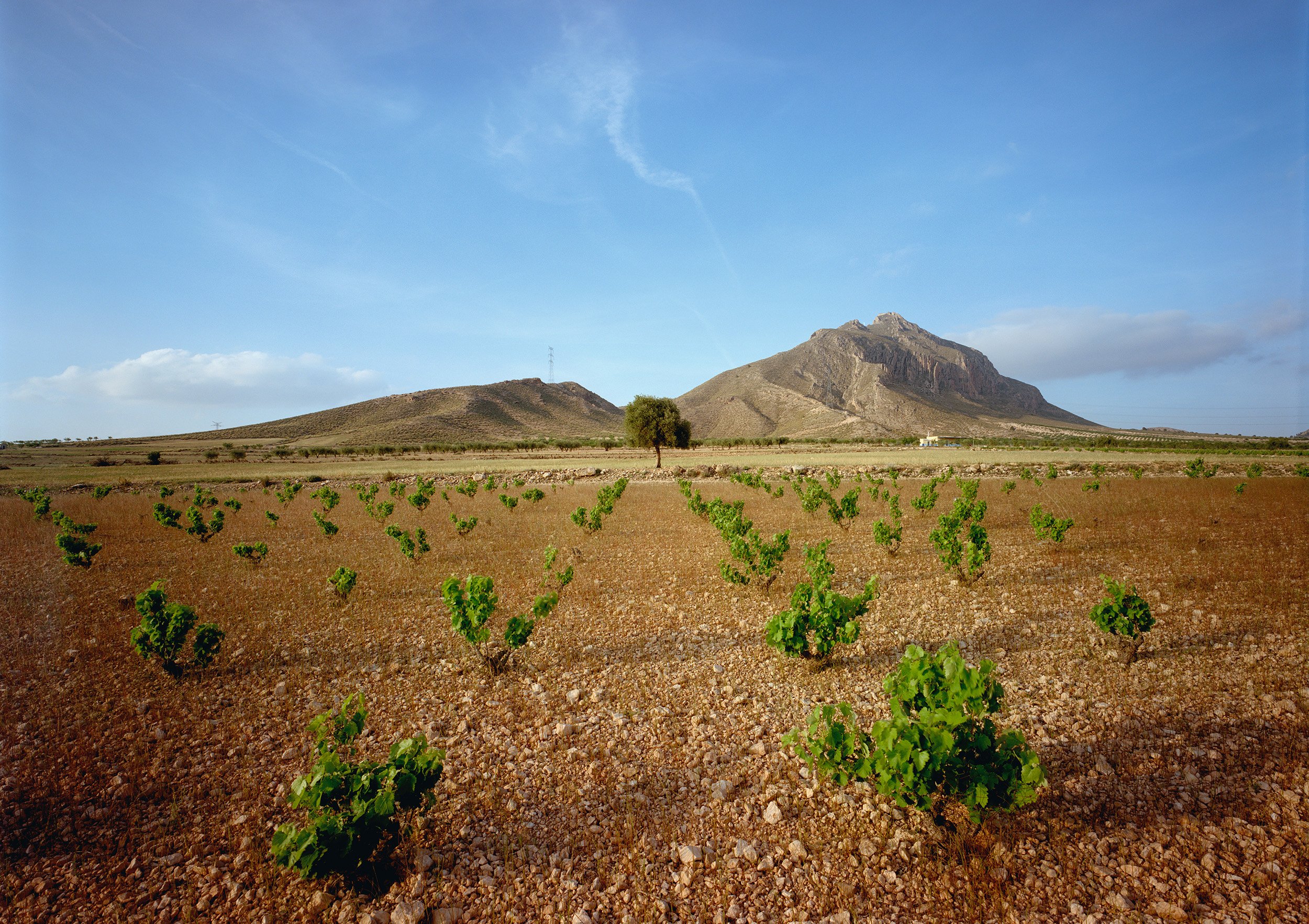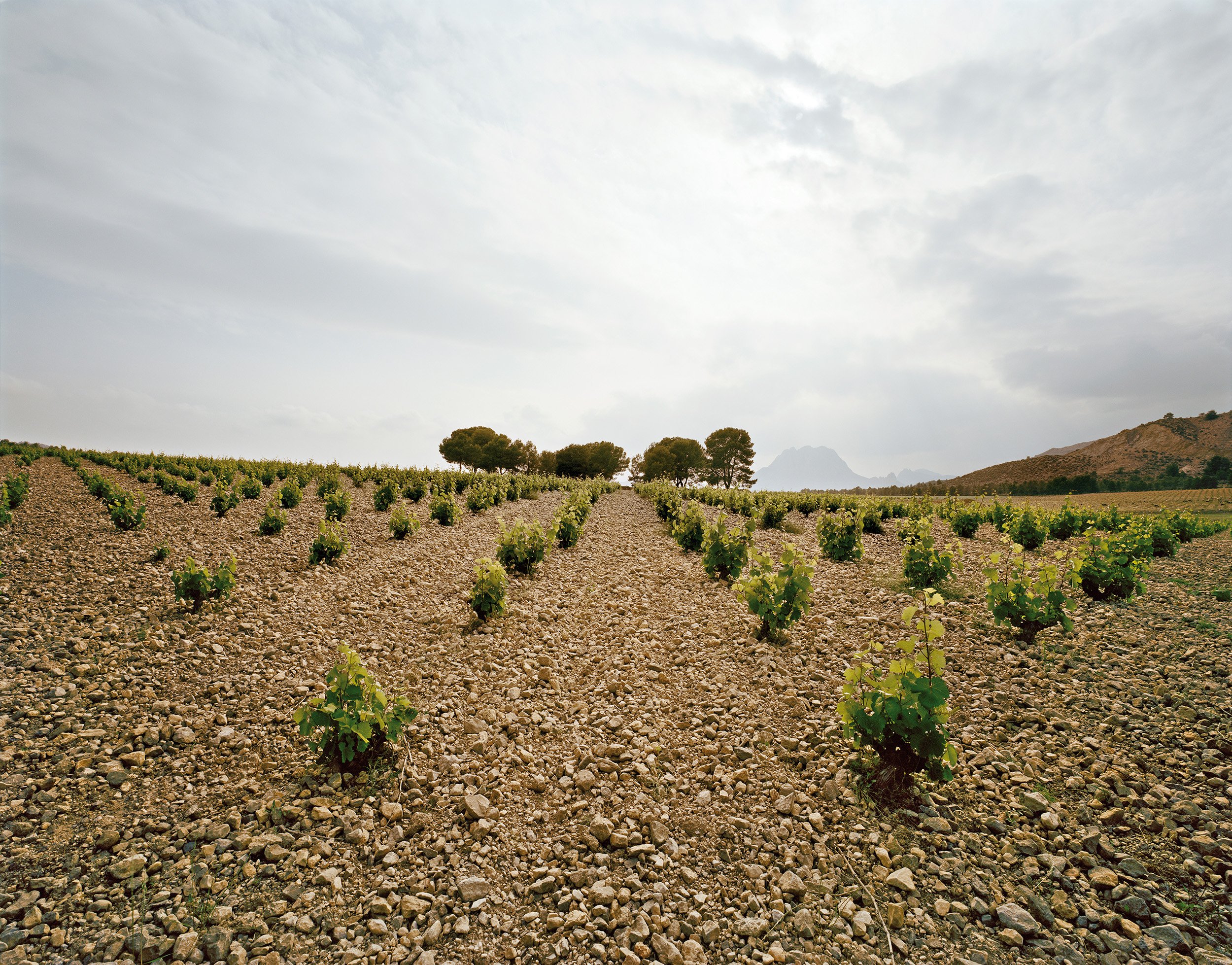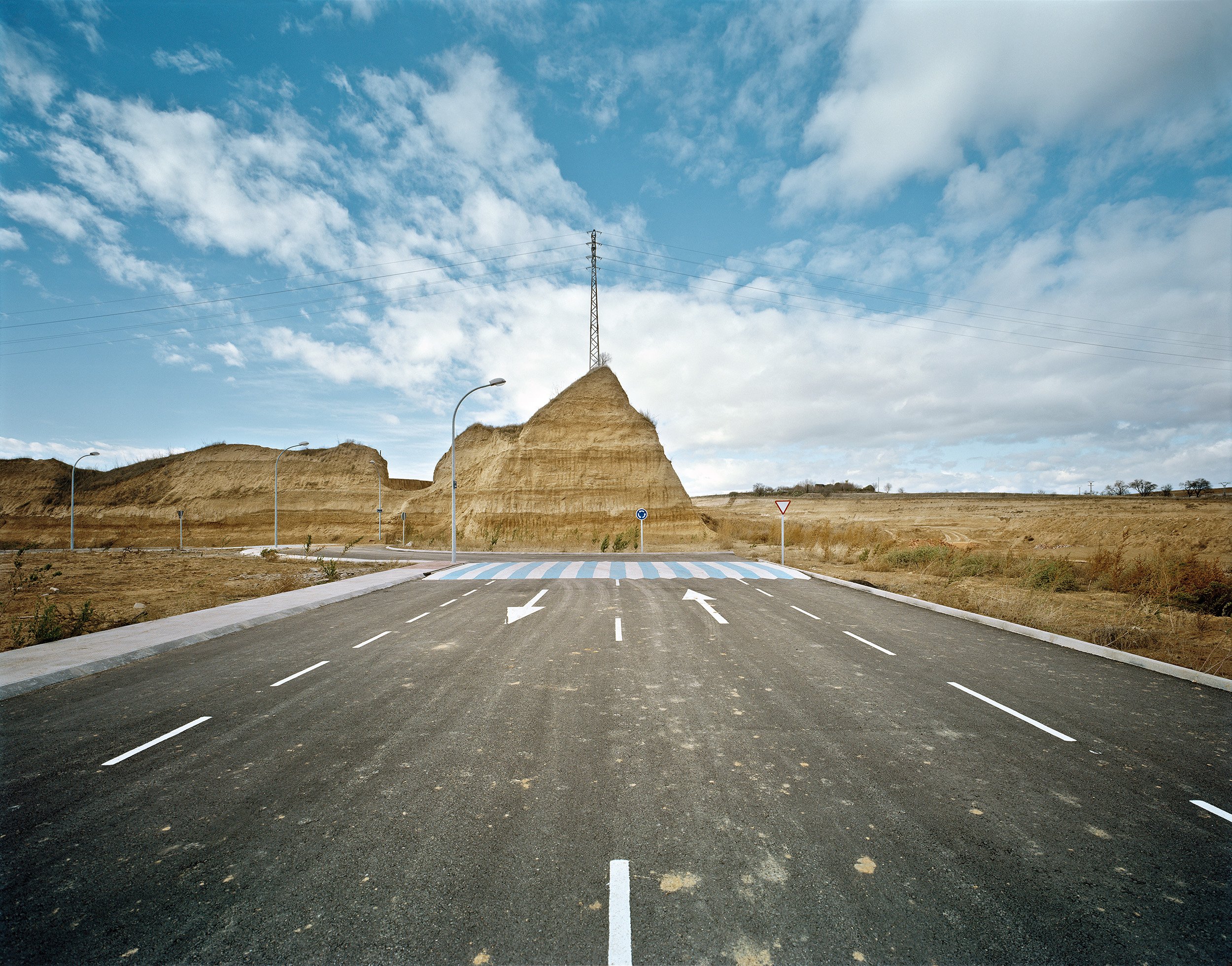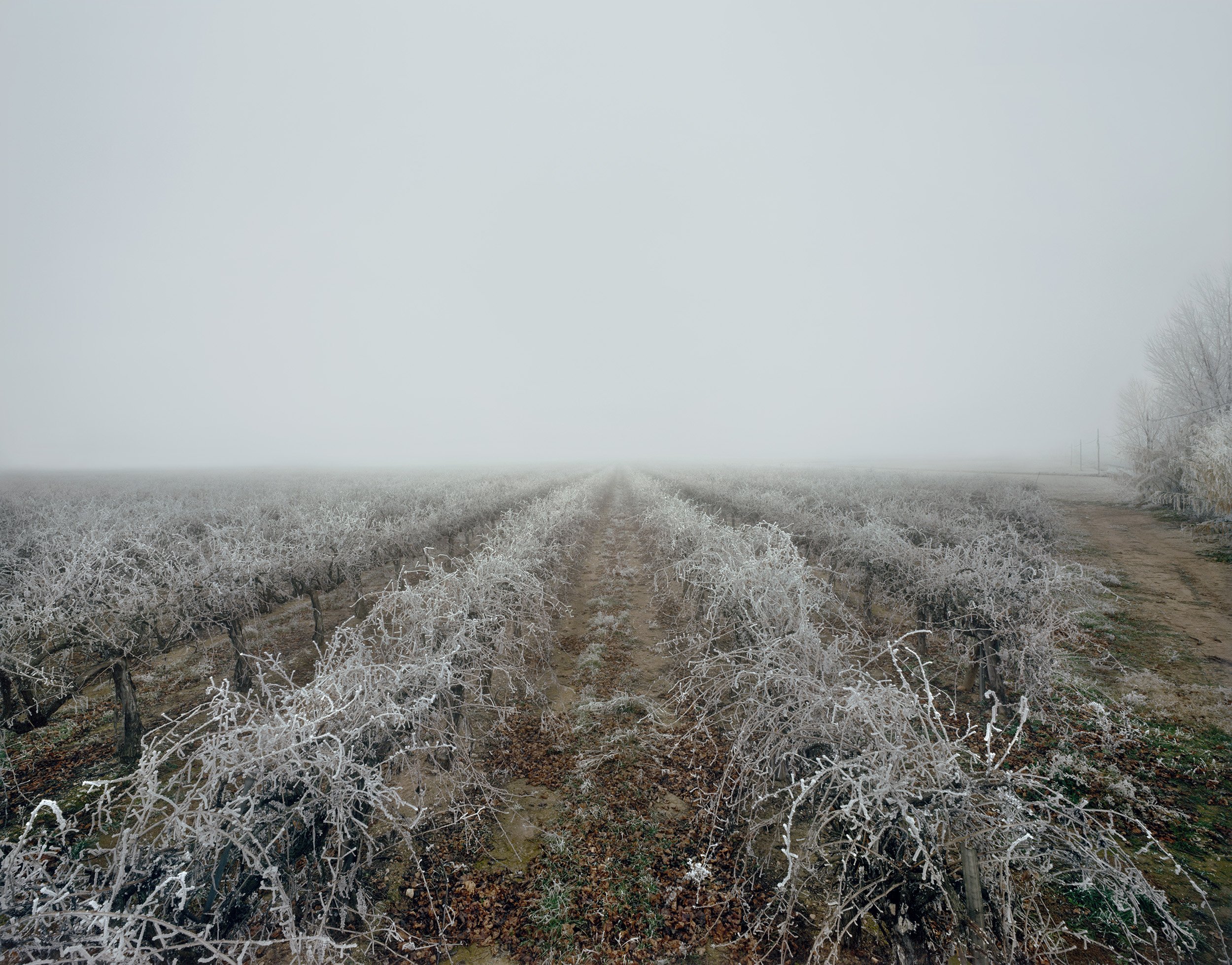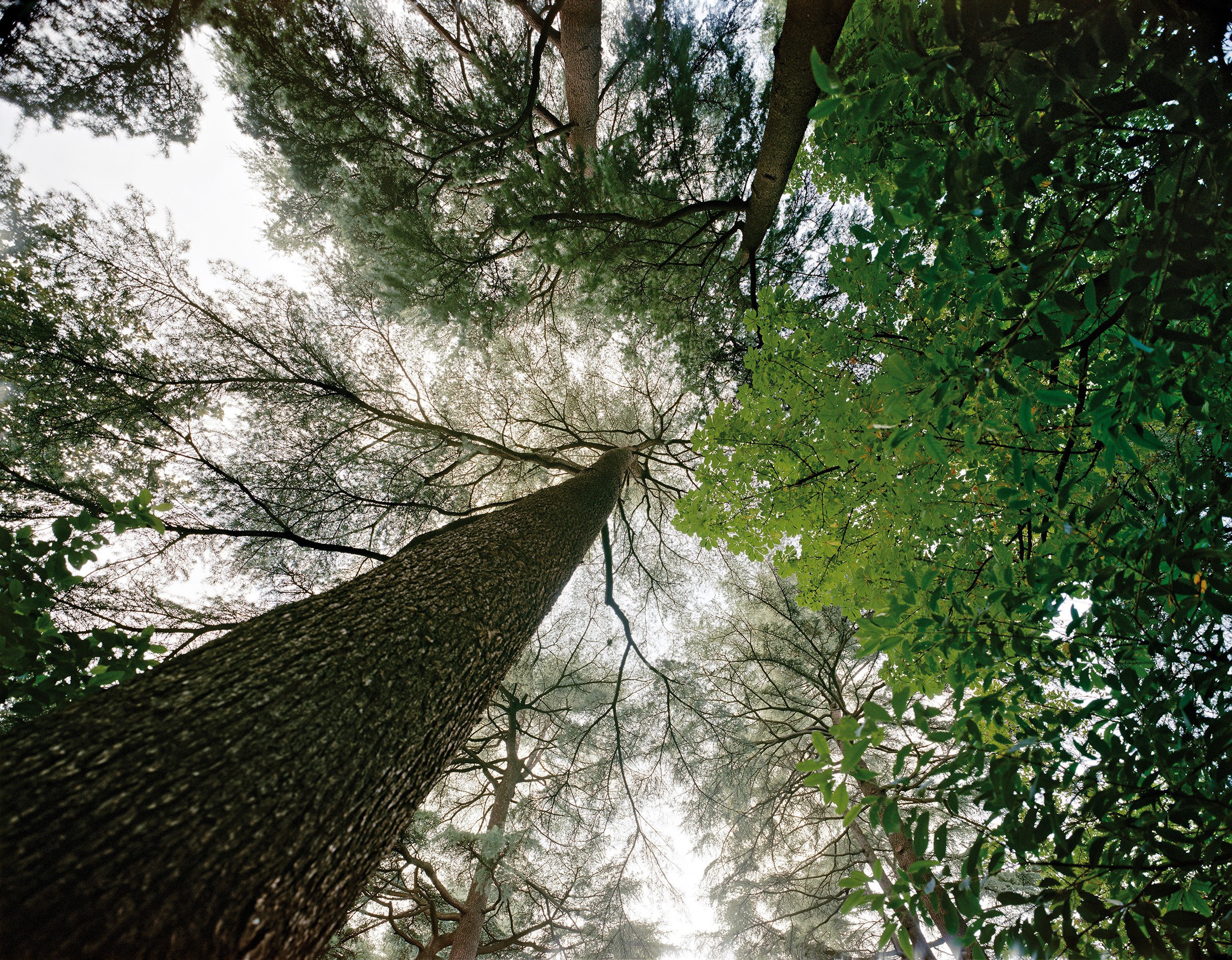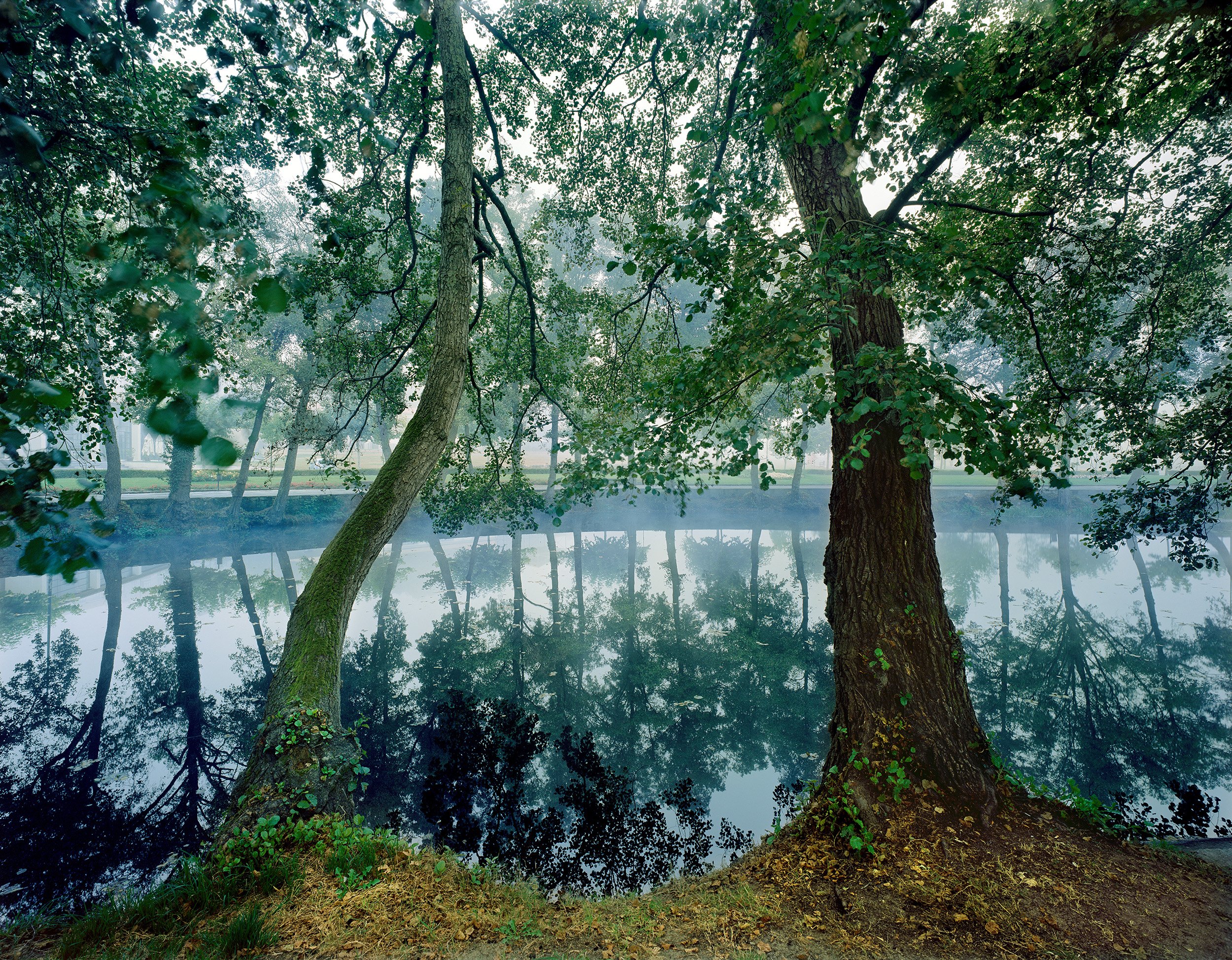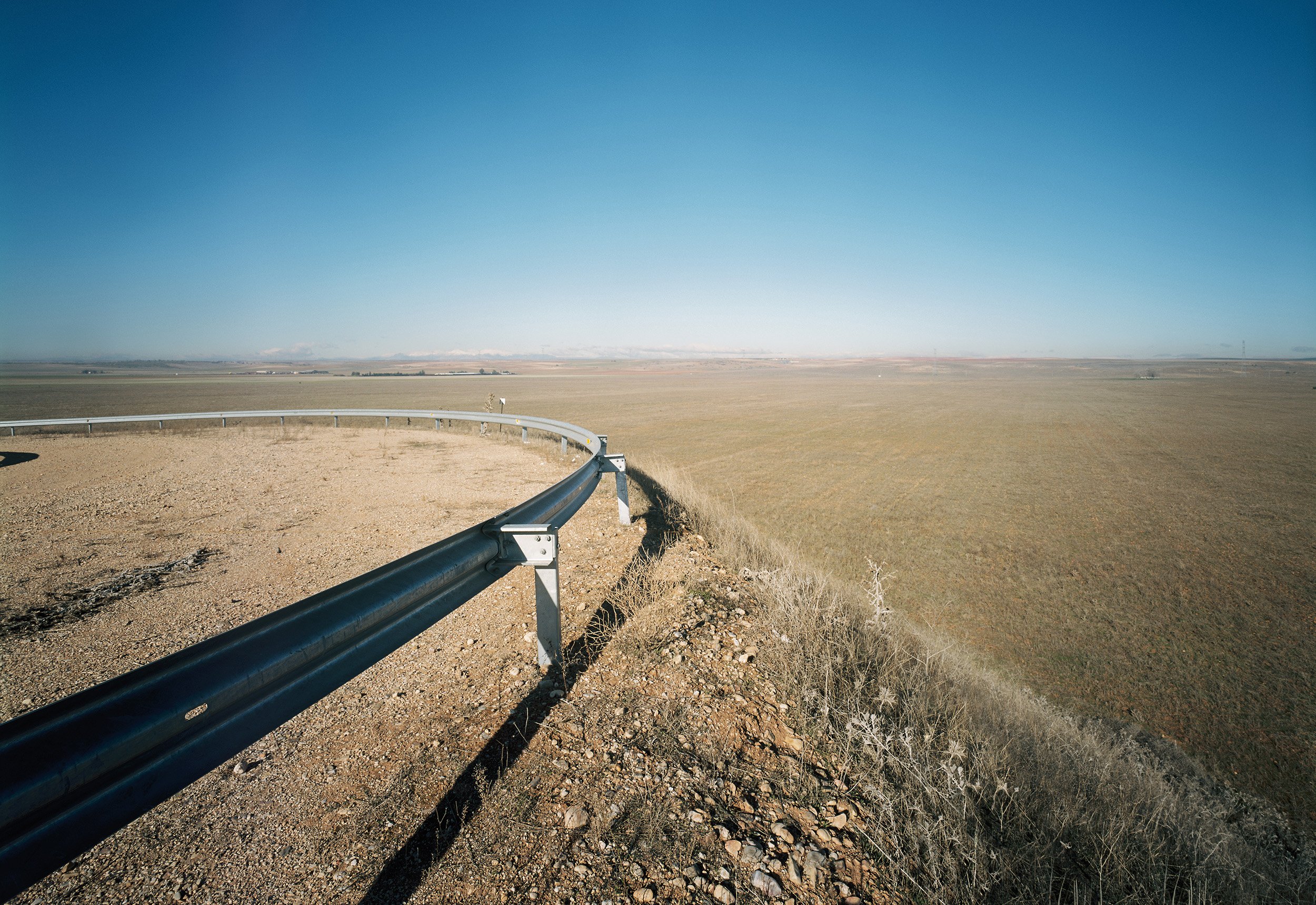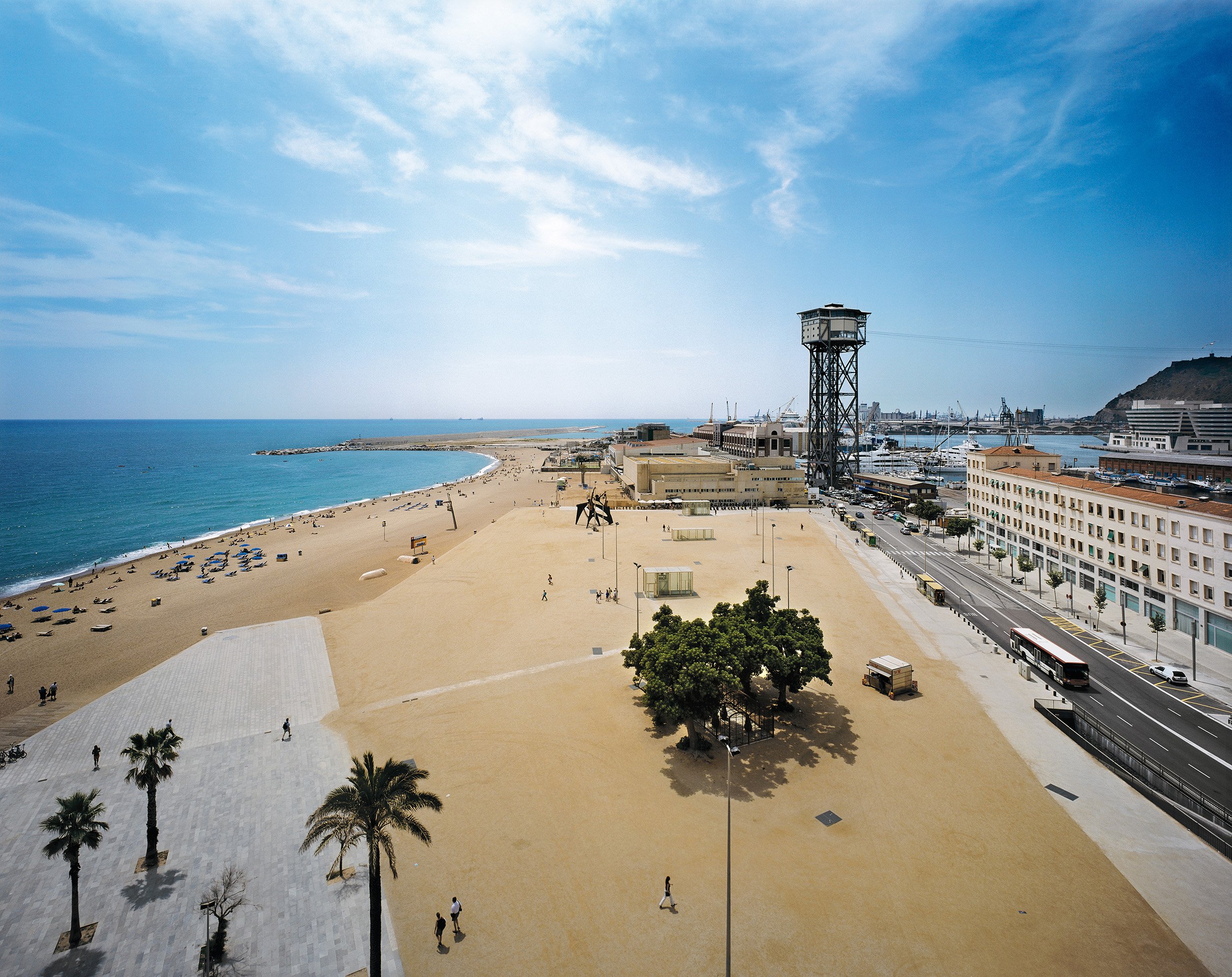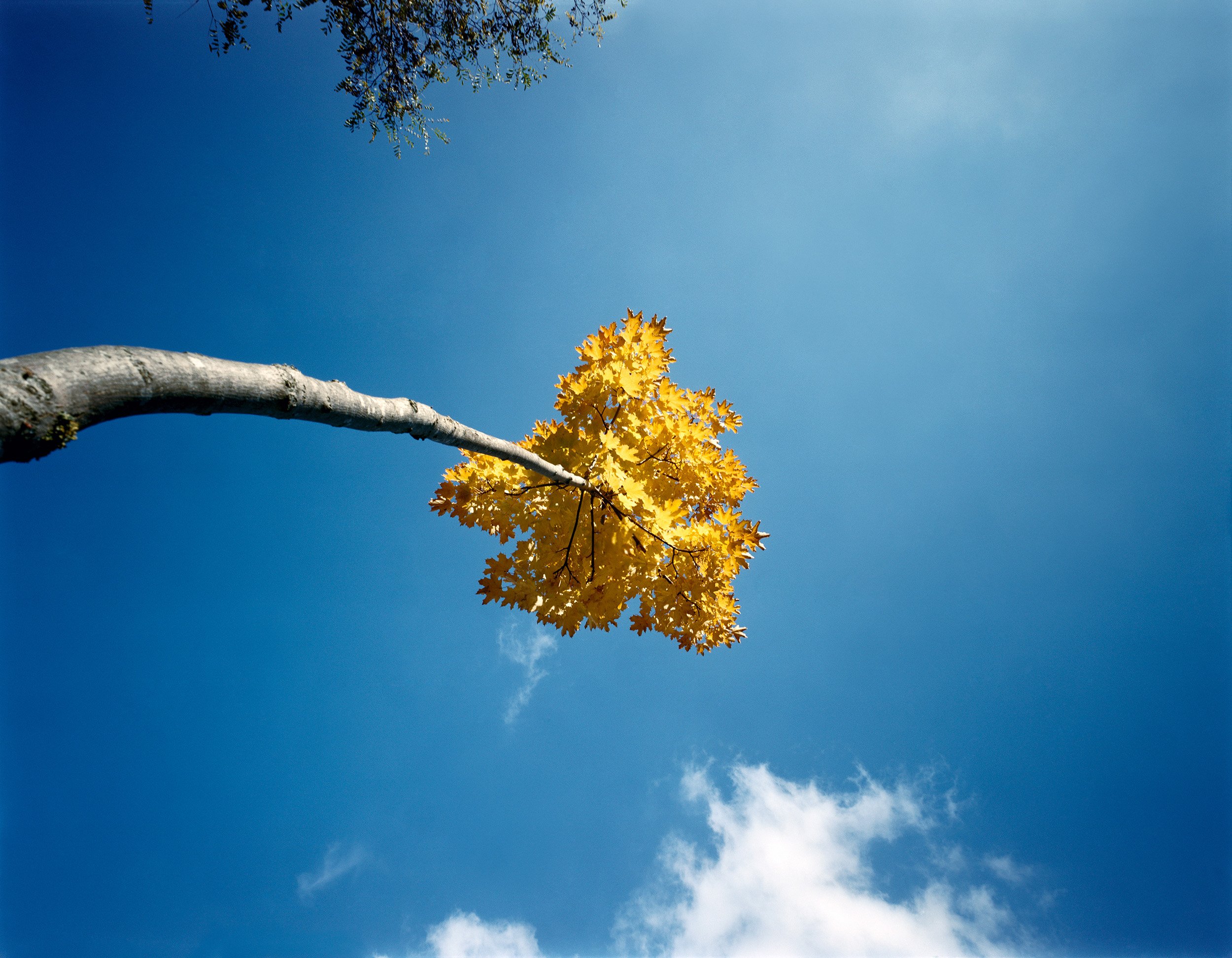Lucky Looks
El Banco Sabadell encargó a Jordi Bernadó un proyecto singular: hacer un foto característica de cada lugar en el que hubiera una sucursal del banco. El encargo fue la la excusa que le llevó a viajar por el territorio español a lo largo de tres años.
Lucky looks es el resultado, una aproximación física y mental a España, un intento de captar, de forma interrogativa y elegante, la naturaleza de los lugares, de lo que se oculta tras lo evidente.
Por Friederike Nymphius, comisaria. Fragmento del texto aparecido en el libro Lucky Looks
El encargo obligó al artista a realizar una serie de viajes que, durante tres años, le llevaron por todo el territorio español, cartografiando el país con su cámara de fotos y su estilo personal. Cuando era posible, Bernadó hacía el recorrido en coche, de forma que el propio viaje a su destino fuera una aproximación física y mental a lo largo y ancho del país. Para él, el principal reto consistía en hacer una foto que cumpliera las expectativas de muchas personas: debía responder a las especificaciones del proyecto, pero sobre todo tenía que mostrar la tierra de sus habitantes: “su país”, “su pueblo”, “su hogar”, donde viven, trabajan y con el que se sienten identificados. Cada foto está dirigida a gran cantidad de personas, a la vez que cuenta una historia muy personal. Por ello Bernadó rechazaba hacer retratos de la gente.
El artista se planteó estas cuestiones como principales exigencias: ¿Cómo sienten su tierra natal los habitantes? ¿Cómo la entienden? ¿Cómo la ven? ¿Cómo la viven? ¿Qué es lo que les importa? Si simplemente hubiera fotografiado los monumentos locales no habría respondido a las especificaciones del encargo. Bernadó quería capturar en este proyecto el alma, el carácter de los lugares, haciendo hincapié en la discrepancia entre la idea que existe acerca de un lugar y su realidad. Esto puede verse reflejado al mismo tiempo tanto en la amplitud del paisaje, en sus espacios naturales, como en su arquitectura o en otros detalles. Queda claro que se trata de una tarea delicada y exigente al pensar en las expectativas de los habitantes del lugar, a quienes el artista observa atentamente, y que a su vez lo vigilan a él para que capture la foto “adecuada” de “su” tierra.
Al contrario que un topógrafo, Bernadó no cartografía los rasgos formales del paisaje, sino que lo tantea cuidadosamente. Con la ayuda de su cámara, escanea en cada lugar el modo en el que las personas ven, utilizan y dan forma a su tierra. El proyecto actúa como mediador entre los habitantes y la zona, entre el pasado, el presente y el futuro, uniendo todos los componentes como en un puzzle. Sería otro proyecto interesante poder visitar los mismos lugares dentro de 10 ó 20 años y fotografiarlos desde la misma perspectiva.
(…)
Las fotografías de Bernadó no nacen de una pretensión esclarecedora. Ni sirven como guía de la ciudad o como propuesta pedagógica, ni están destinadas a despertar una emoción escenificada. A pesar de toda su objetividad, las fotografías no existen fuera del horizonte de la experiencia del observador, sino dentro de él. Son proyecciones en las que cada uno puede recoger su experiencia, su conocimiento y sus asociaciones personales con un determinado lugar. No ofrecen una imagen general de él, sino que condensan información sobre él, reteniendo a través de la fotografía aquello que lo constituye y que no se puede plasmar en imágenes. Quien conoce el lugar, recordará sus propias historias, quien no lo conoce, puede descubrir algo sobre él.
Banco Sabadell entrusted Jordi Bernadó with a singular project: to produce a distinctive photograph of each of the places where the bank has a branch. The commission served as an excuse to travel around Spain for three years.
Lucky looks is the result, a physical and mental approach to Spain, an attempt to capture, interrogatively and elegantly, the nature of places, of what hides behind the obvious.
Written by Friederike Nymphius, curator. Excerpt from the text that appeared in the book Lucky Looks
The work commissioned led the artist to undertake a series of journeys which, over a period of three years, took him all over Spain, mapping the country with his camera and his own personal style. Whenever possible, Bernadó made the journey by car, so that the very trip to his destination was a physical and mental approximation across the country. For him, the main challenge was to take a photo that met the expectations of many people: it had to meet the specifications of the project, but above all it had to show the land of its inhabitants: "their country", "their village", "their home", where they live, work and feel identified with. Each photo is addressed to a large number of people, while at the same time it tells a very personal story. This is why Bernadó refused to make portraits of people.
The artist set these questions as his main challenges: How do the inhabitants feel about their homeland, how do they understand it, how do they see it, how do they live it, what is important to them? If he had simply photographed the local monuments he would not have responded to the specifications of the commission. Bernadó wanted to capture in this project the soul, the character of the places, emphasising the discrepancy between the idea that exists about a place and its reality. This can be reflected at the same time in the vastness of the landscape, in its natural spaces, in its architecture or in other details. It is clear that this is a delicate and demanding task when thinking about the expectations of the inhabitants of the place, whom the artist watches closely, and who in turn watch over him to ensure that he captures the "right" picture of "their" land.
Unlike a topographer, Bernadó does not map the formal features of the landscape, but carefully probes it. With the help of his camera, he scans in each place the way people see, use and shape their land. The project acts as a mediator between the inhabitants and the area, between the past, the present and the future, bringing all the components together like a puzzle. It would be another interesting project to be able to visit the same places in 10 or 20 years' time and photograph them from the same perspective.
(...)
Bernadó's photographs are not born of an enlightening pretension. Neither do they serve as a guide to the city or as a pedagogical proposal, nor are they intended to arouse a staged emotion. For all their objectivity, the photographs do not exist outside the horizon of the observer's experience, but within it. They are projections in which everyone can gather their experience, their knowledge and their personal associations with a given place. They do not offer a general image of it, but condense information about it, retaining through the photograph that which constitutes it and which cannot be captured in images. Those who know the place will remember their own stories, those who do not know the place can discover something about it.

